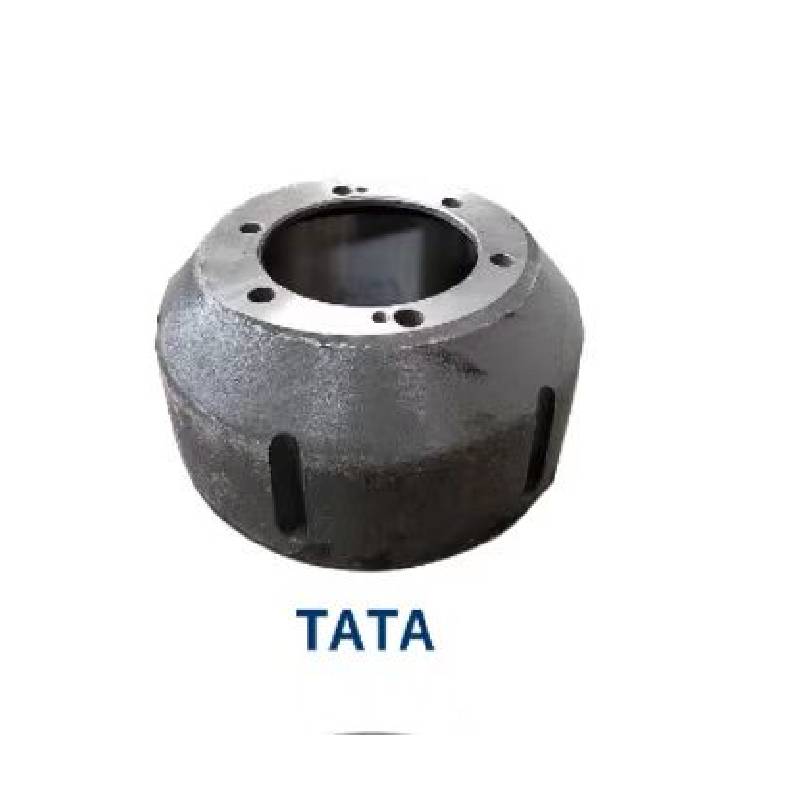Aug . 13, 2024 13:16 Back to list
Steps to Effectively Replace Brake Drums for Your Vehicle Maintenance and Safety Needs
Replacing Brake Drums A Comprehensive Guide
Brake drums play a crucial role in the braking system of many vehicles, particularly those with drum brakes that are common in older models and some current vehicles. Understanding when and how to replace brake drums can enhance your vehicle's safety and performance. This article will provide insights into the signs of wear, the replacement process, and tips for maintaining your braking system.
Understanding Brake Drums
Brake drums are cylindrical components that house the brake shoes. When the brake pedal is pressed, brake fluid activates the wheel cylinders which push the brake shoes against the interior of the drum to create friction, slowing down or stopping the vehicle. Over time, both the drums and brake shoes can wear out, diminishing their effectiveness and increasing stopping distances.
Signs of Worn Brake Drums
Several indicators may signal the need to replace brake drums
1. Unusual Noises If you hear grinding, squeaking, or scraping sounds when braking, it could indicate that your brake shoes are worn down and the metal backing is contacting the drum. 2. Vibration When Braking A pulsating brake pedal or vibrations through the steering wheel can suggest that the brake drums are warped or unevenly worn.
3. Reduced Braking Performance If you notice that your vehicle takes longer to stop or that the brake pedal feels soft or spongy, it might be time to inspect the brake components, including the drums.
4. Visual Inspection Regularly inspecting the brake drums for cracks, scoring, or a shiny finish can help identify problems early. A damaged drum should be replaced immediately.
The Replacement Process
Replacing brake drums may sound daunting, but with the right tools and guidance, it can be a manageable task for those with basic mechanical skills. Here’s a step-by-step breakdown
2. Lift the Vehicle Start by loosening the lug nuts on the wheel, then use a jack to lift the vehicle and securely position it on jack stands.
replacing brake drums

3. Remove the Wheel Take off the wheel to expose the braking system.
4. Disassemble the Brake Assembly Remove the drum by pulling or tapping it gently to dislodge it from the wheel hub. You may need to remove retaining clips or screws, depending on your vehicle.
5. Inspect the Brake Shoes Check the condition of the brake shoes and replace them if necessary. It’s advisable to replace them alongside the drums for optimal performance.
6. Install the New Brake Drums Place the new drums over the wheel hub, ensuring they are properly seated. Reattach any clips or screws if needed.
7. Reassemble the Brake Assembly Put the brake assembly back together, making sure everything is secure and correctly positioned.
8. Reattach the Wheel Place the wheel back on, tightening the lug nuts in a star pattern to ensure even pressure.
9. Lower the Vehicle Carefully remove the jack stands and lower the vehicle to the ground.
10. Test the Brakes Before driving, pump the brake pedal a few times to seat the new shoes against the drum, and check for any unusual sounds or vibrations during a short test drive.
Maintenance Tips
To extend the life of your brake drums and ensure efficient braking, consider the following maintenance practices
- Regular Inspections Check your brake system periodically for signs of wear or damage. - Brake Fluid Checks Maintain the appropriate level and quality of brake fluid. - Drive Responsibly Avoid sudden stops and heavy braking whenever possible, as these can lead to premature wear.
In conclusion, replacing brake drums is essential for maintaining the performance and safety of your vehicle. By recognizing the signs of wear, following a systematic replacement process, and performing regular maintenance, you can ensure that your braking system remains effective for the road ahead. If you're ever in doubt, consulting with a professional mechanic is always the best course of action.
-
IVEKO High-Performance Brake Drums Durable & Precision-Engineered
NewsMay.17,2025
-
Brake Drum Man High-Quality Drum Brake & Shoe Solutions
NewsMay.17,2025
-
Brake Drum Man Premium Drum Brake & Shoe Solutions OEM-Compliant
NewsMay.16,2025
-
Brake Drum Man High-Quality Drum Brake & Shoe Kits for Vehicles
NewsMay.16,2025
-
Brake Drum Man High-Quality Drum Brake Parts & Expert Solutions
NewsMay.16,2025
-
Brake Drum Man High-Quality Drum Brake & Shoe Solutions
NewsMay.15,2025
